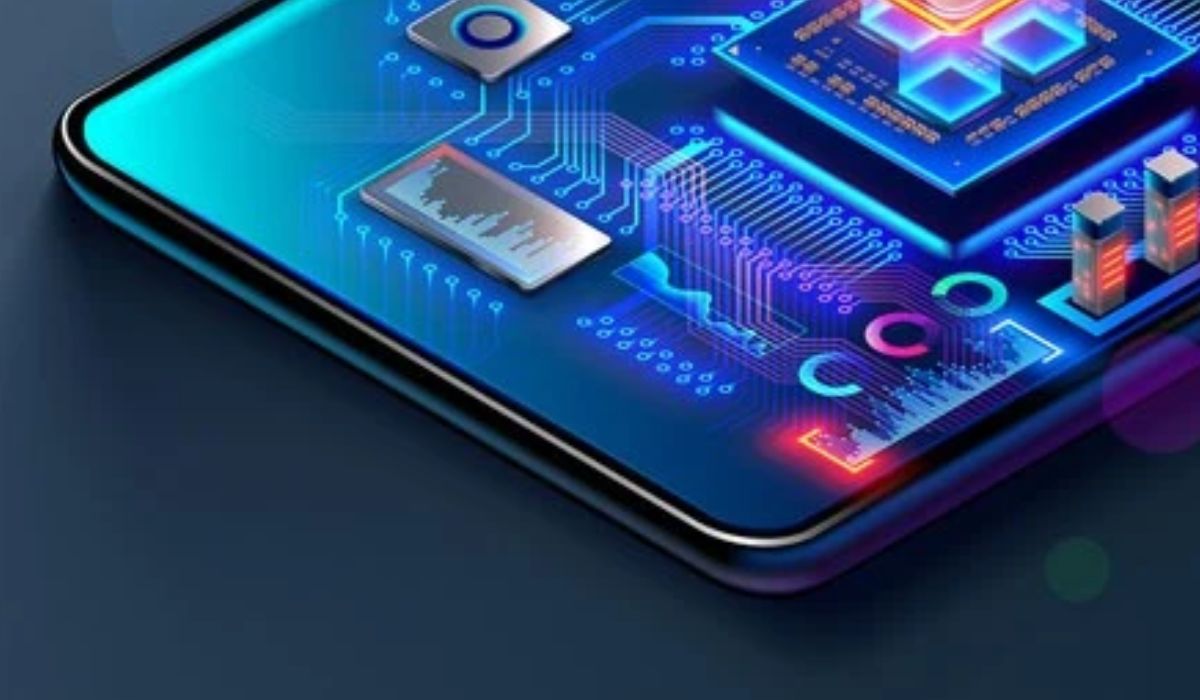Professional Firmware Development Services: Fast & Reliable
These days, it’s all about technology, and behind all this tech, there’s one hidden hero – Firmware! this is the thing that acts as a bridge between hardware and software. Without it, no device will function properly. Whether it’s a smartphone, a car’s ECU, or a smart TV – everything is useless without firmware!
Check: Firmware development Services
What is Firmware?
Firmware is a type of software that is directly embedded into the hardware. You can’t just remove or reinstall it easily because it’s stored in non-volatile memory (ROM, Flash Memory, EPROM). Meaning, even if the power goes out, it stays intact.
Hidden Superpowers of Firmware
- Direct Hardware Control – Firmware can control hardware directly without asking anyone! Sensors, motors, and microcontrollers all follow its command.
- Device-Specific Code – It’s written specifically for each device to ensure smooth performance.
- Permanent Memory Storage – Even if the electricity goes off, nothing happens to it.
- Security & Stability – If the firmware isn’t good, the device can malfunction; security is crucial.
- Firmware Updates – Nowadays, firmware updates bring new features and security patches, just like software updates on phones.
Firmware is the Backbone of Multiple Industries!
1. Consumer Electronics
Your smartphone, smart TV, and smartwatch – all would be incomplete without firmware! It manages battery life, ensures the display works correctly, and makes wireless connectivity smooth.
2. Automotive Industry
Think about it—your car’s engine control, infotainment system, and ADAS (automatic braking and lane assist systems) all rely on firmware!
3. Industrial Automation
In factory automation and robotics, firmware is essential! It handles real-time processing, maintains accuracy, and boosts efficiency.
4. IoT Devices
Smart homes, security cameras, and wearable gadgets – all depend on firmware. A tiny chip with the right firmware can run an entire smart system.
5. Medical Devices
Even medical equipment depends on firmware. From MRI machines to pacemakers, everything needs firmware to function properly.
How Does Firmware Development Work?
- Requirement Analysis – First, it’s decided what the firmware needs to do with the hardware.
- Architecture Design – The programming language (C, C++, Assembly) is selected, and key features are planned.
- Coding & Development – Engineers write optimized code that uses minimal memory and runs efficiently.
- Testing & Debugging – This is the toughest part because every bug must be tested alongside the hardware.
- Integration & Deployment – The final firmware is integrated into the device and tested in real-world scenarios.
- Maintenance & Updates – New features or security patches are released via OTA (Over-The-Air) updates.
Challenges in Firmware Development – It’s Not as Easy as It Looks!
- Hardware Limitations – Not every hardware is powerful; some devices have limited memory and slow processors, so firmware must be optimized accordingly.
- Security Risks – If firmware isn’t secure, hackers can modify it and take control of devices! That’s why encryption and security patches are necessary.
- Real-Time Performance – Some applications need real-time processing, like car safety systems, so the firmware must be super fast.







